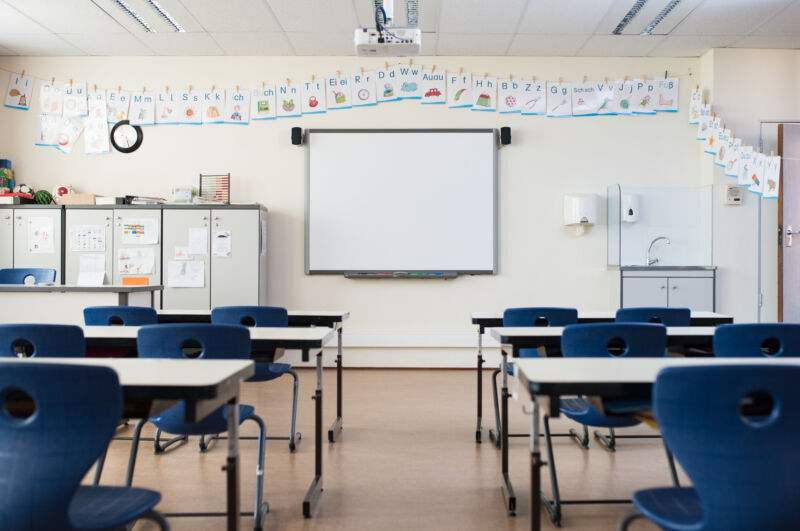
Attendance is once again in the spotlight - how can we help? AdobeStock by Rido
Early last week, Luxon announced nine public service targets, one of which was to get 80 percent of students to regular school attendance by 2030. In a follow-up conference, Seymour stated that New Zealand was an “outlier” with school attendance and outlined their plan to address truancy.
Read the latest print edition of School News HERE
Seymour said that attendance initiatives would be “data driven” with weekly releases of school attendance data. Seymour drew parallels between this approach to attendance and the previous government’s approach to Covid-19.
Seymour also revealed there would be “locally delivered but nationally coordinated” social media campaigns on the importance of attendance, targeting young people.
Public health guidance will soon be released on whether students should stay home or go to school based on symptoms, following the UK example, said Seymour.
“Not every ailment means you should not attend school. What parents need is clear information from the government to help them make that decision,” said Seymour.
In the medium term – Phase Two of the AAP – the public can expect “more detailed” plans to be released on getting the “best value” from attendance services, priorities for school boards, attendance-lifting strategies for schools following the example of successful New Zealand models and a traffic light system.
The traffic light system for attendance will include a green setting where students are attending regularly, an orange setting where some attendance issues have been identified and will be addressed at a school-board level, and a red setting where persistent non-attendance will be dealt with by the Ministry of Education.
Seymour emphasised that fines for students in the red setting will be applied “not in the case of ‘can’t’, but a matter of ‘won’t’.”
The final part of the AAP announced by Seymour involves understanding “why education is not being valued,” and will be a long-term outlook.
Phase Two and Three of the AAP have not been finalised, clarified Seymour, meaning there is no concrete agreement on the finer details of the traffic light system. However, the “overall direction” has been agreed upon.
The much-delayed English draft curriculum is now out for consultation, generating discussion from teachers.
Research from AUT demonstrates arts, culture and recreation have positive impacts on all aspects of…
How effective has the school phone ban been in achieving its aims? Researchers from the…
School camps and excursions deliver hands on learning experiences, helping to consolidate classroom learning.
Innovations in AV technologies present new opportunities to engage with students. We look at how…
A new report from the University of Auckland’s Our Voices Project asks young people what…
This website uses cookies.